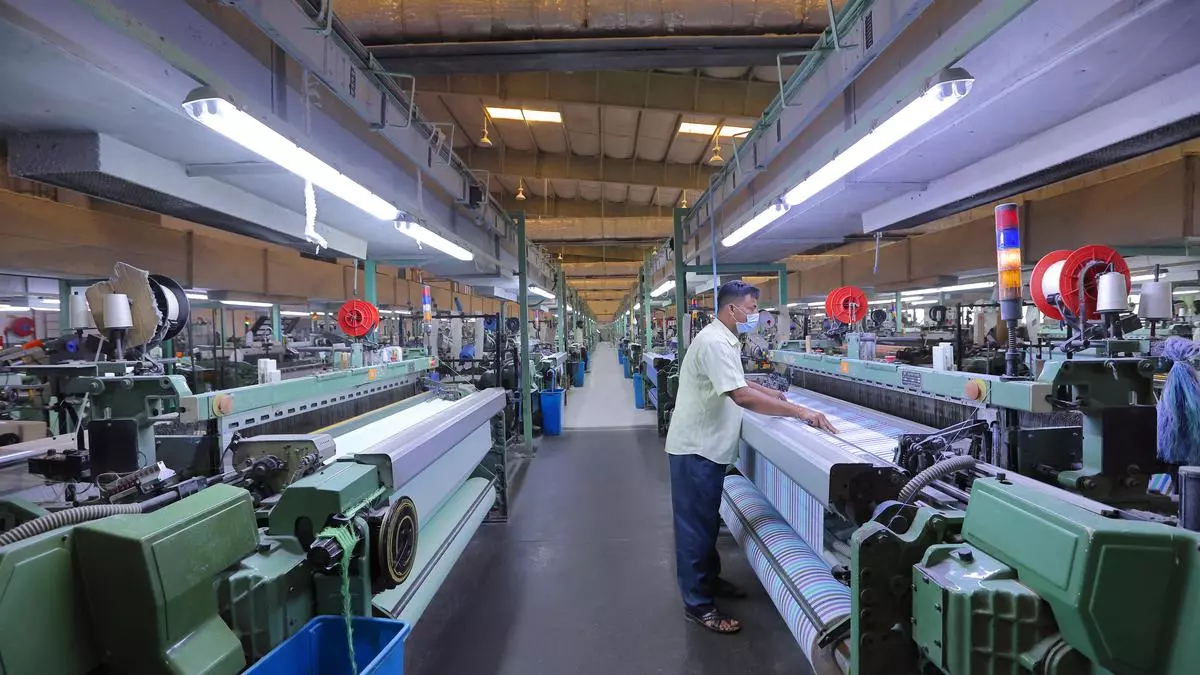What delivers outstanding creative communication?

How many advertisements in the recent past have moved you to say “wow” or resonated deeply? Many marketers I speak to bemoan the mediocrity and sameness of most marketing communication around us, even as they agree that creativity is one of the superpowers of marketing. Why is creativity in communications on the decline? What can marketers do about this?
A global survey carried out last year by the World Federation of Advertisers, in partnership with 34 national advertiser associations, Contagious and The Observatory International, throws up some interesting insights. To begin with, when respondents were asked about how they were performing in terms of marketing communication creativity, only 8 per cent of the 640 clients surveyed saw themselves as being iconic and a cultural talking point.This is an honest assessment, but not one to be proud of.
Barriers to creativity
The survey goes on to unearth some of the key barriers that stand in the way of becoming truly creative. The top barrier is well known – a risk averse culture, where brands wish to play safe. There is an inherent comfort in keeping to the status quo. But clearly, nothing pathbreaking is likely to come out of this approach. Outstanding creatives emerge from being brave, taking big bets and breaking the rules.
Other significant barriers to creativity include an extreme short-term focus, presence of too many decision makers in the creative process, poor measurement of the impact of creativity, lack of talent, budget cuts and over emphasis on efficiencies.
What interested me most, however, were the considerations that this report put forward, which could help marketers pursue path-breaking creativity in communication. Here are some of the key recommendations.
Leveraging consumer insight
Developing sharp consumer insight which can then be leveraged during the creative development process is perhaps the single most important driver of great communication. Creatives based on deep insight resonate with people, because such advertisements give voice to what lies in their innermost minds. Often, the finest advertisements emerge from a fresh new creative expression of a unique insight.
Art of superb briefing
The most important role a marketer can play in the process of creative development is the briefing of the agency she is working with. But this is becoming something of a dying art. Marketers expect their agencies to deliver great creatives, but their briefs are often mediocre lacking rigour. A good brief needs to set out the marketing and communication objectives clearly, but it also has to inspire the agency. It has to create the space for the agency to react with its heart, rather than with only its intellect. It has to be transparent and help build trust. Co-creating briefs with the agency may also be an excellent starting point.
Embrace discomfort
The WFA survey urges marketers to park prejudice and existing biases when they react to creatives. In fact, feeling uncomfortable when you first see a new creative approach is a good sign that it may contain the germ of a brilliant idea. The only things that should really matter are that the work should be true to the brief, that it should connect with consumers and have the potential of moving them to action. If these criteria are met, marketers should be ready to embrace any discomfort they may have with the creative, and move forward with it.
Diverse perspectives
Marketing teams which are high on diversity and inclusion also drive creativity and innovation. They help bring diverse perspectives throughout the creative development process, and lead to far richer (and also more lively!) discussions. Throughout my own experience, I have found that diversity in the team’s talent pool helps deliver the best creative communication, provided the leader has set a culture where disagreement and debate are encouraged.
Chase those big awards
There is sometimes a perception that marketing and communication awards are self-serving in nature and make no difference to effectiveness in the marketplace. This is incorrect. The WFA survey points out that highly awarded creatives outperform as a driver of growth. Awards are also motivational and spur the team to even higher creativity in the future. So set your eyes on the lions at Cannes or the Effies in India. They will goad your team towards great creatives.
Creativity is essential. It separates the truly great brands from the rest. It inspires consumers. It builds brands that withstand the test of time, and therefore it delivers sustainable growth.
(Harish Bhat is Brand Custodian, Tata Sons. These are his personal views. )




Leave a Comment